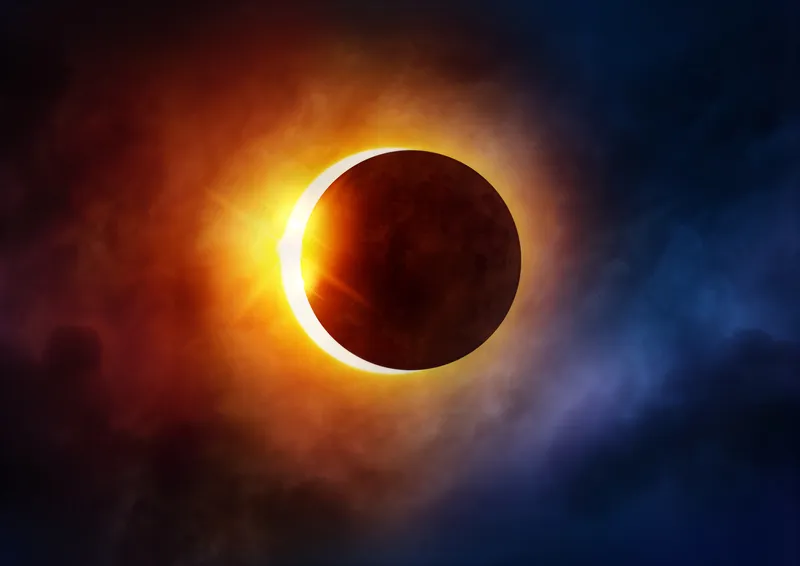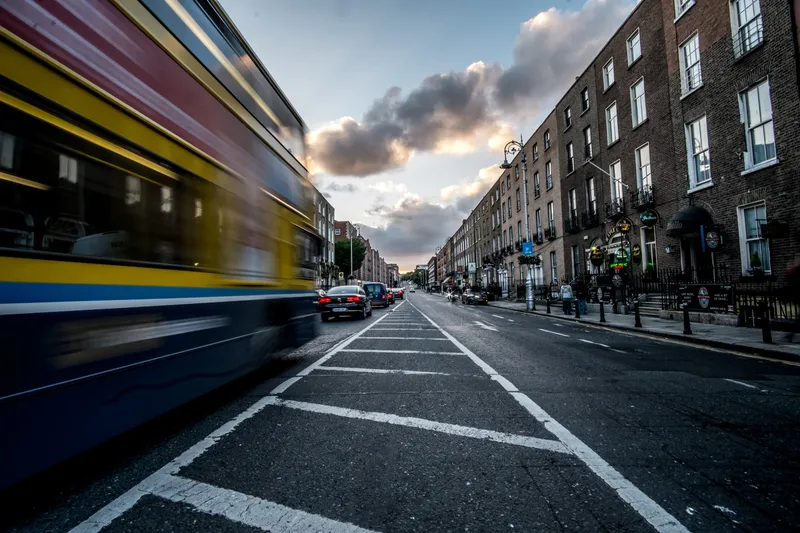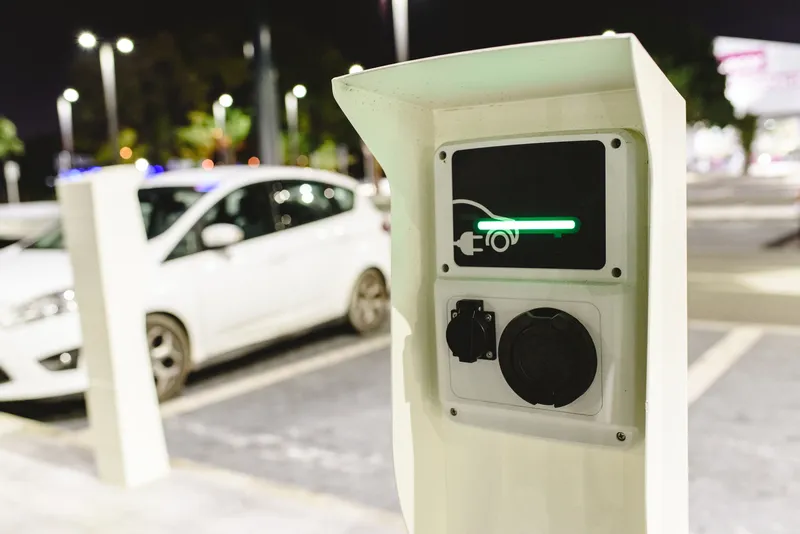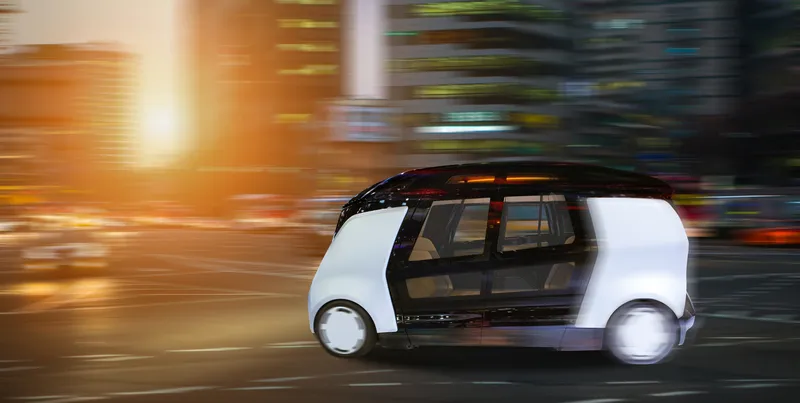
US departments of transportation have urged motorists to take care and plan sensibly if they want to watch the solar eclipse which takes place on Monday 8 April across 15 states, including a number of metropolitan areas.
The US National Operations Center of Excellence (NOCoE) has a dedicated page with resources to help transportation agencies plan for what is expected to be an influx of tourists to augment the numbers of curious residents along the path of totality - the route from Texas to Maine at which it will be possible to see the total eclipse of the sun.
To get a sense of the scale of possible chaos in just one state - Ohio - four traffic scenarios, ranging from 150,000 visitors to 625,000 visitors are predicted. That is likely to be replicated in other places across the US.
The Federal Highway Administration says DoTs will have a role in helping to manage the impact of what could be major traffic issues.
Specifically, they should consider coordination with law enforcement, first responders, local agencies, construction contractors and maintenance staff "to anticipate and prepare for impacts caused by increased traffic due to public interest in the solar eclipse".
Providing additional information about the eclipse on existing traveller information websites, social media pages and dynamic message signs is also advised.










